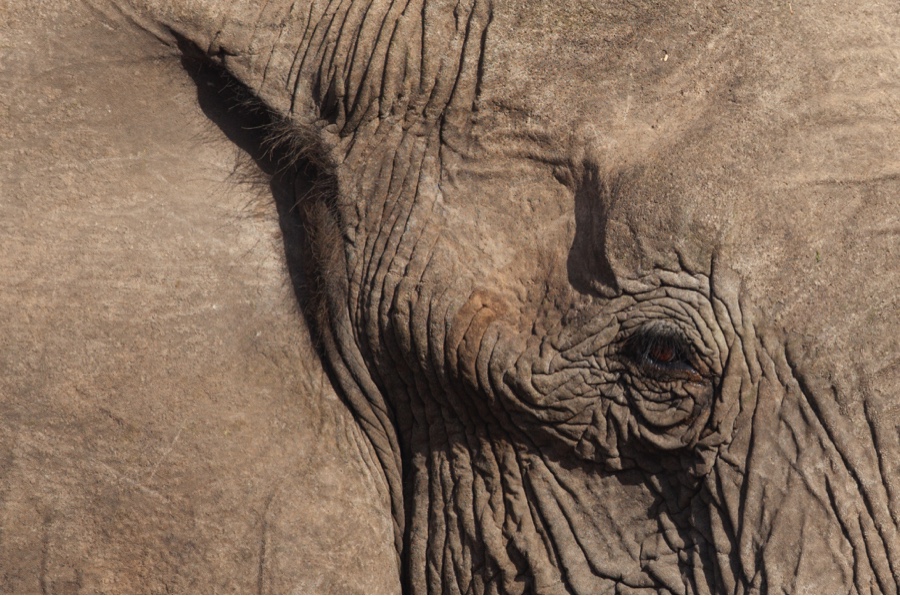
Big Zoom Lenses on African Safaris
If you shoot with a camera that has interchangeable lenses and are thinking about camera gear to bring on a wildlife safari to Africa, the first thing that likely comes to mind is “how much zoom!?”
There are fixed focal length 300s and 400s, zoom telephotos that range from 70-300mm, 200-400mm, and multi-purpose lenses that range all the way from 28-300mm. It can easily be confusing at the start and get downright overwhelming before long. We’re here to make it a little simpler.
While there is no hard and fast universal answer, as people have different styles of photography, different types of cameras, and different expectations for how close you want your shots to be, you generally will want at least 300mm or 400mm of telephoto.
As mentioned above, there are different ways to achieve this, whether you have a fixed lens that only shoots at 300mm or 400mm or you have something that provides a range, such as a 200-400mm or 28-300mm. In general, as you get more range in your lens, there is a compromise. You are either getting decreased quality (i.e., not as sharp of photos), or spending more money on the lens. Thus, while it’s certainly the most versatile to have a 28-300mm lens, if you were to get a fixed 300mm lens at the same price point, the optical quality will be much better.
What’s good about better optical quality, you ask? This increased quality results in better definition in your photo, ultimately producing more professional looking results. In addition, a better lens will give you the ability to crop the photo on your computer and still get great resolution. This is basically like getting more zoom – just doing so in a “digital” way.
The downside of a fixed focal length lens is that you cannot zoom OUT from the photo. You are “fixed” into that focal length. Thus, if you have a large lens, such as a 400mm or 500mm fixed focal length, you might find that you are far too close to the animal on safari to get the shot of the entire animal or get the landscape composition that you want. But, that’s not necessarily a bad thing, as it forces you to look at things a bit differently and get some outside-the-box shots like the one below.

When you get above a 300mm or 400mm lens, and it is a fixed focal length, these problems could start to arise a bit more commonly. While a 500mm or 600mm will do wonders for animals that are far away, they tend to be just too much when close. And on safaris, you may be surprised how close you can get. An occasional eyeball shot like that one above can be a wonderful addition to your trip’s album or to your portfolio, but if every shot is that way it can be a bit disappointing. Thus, if you are planning on bringing a fixed focal length lens over 400mm, it becomes critical to have a second camera body with a more general zoom lens at the ready.
For most photographers, one multi-purpose lens, such as a 70-300 or 100-400 will be ideal as your “zoom” option, to be combined with something else in your kit like an 18-55 or 24-70 lens. However, if you want to step up your game, consider looking into a fixed lens such as a 300mm or 400mm prime. As with all things, the price points can vary considerably.
Price points aside, if you are looking to make a substantial photographic investment and get the best setup for zoom photography on safari, I recommend a 300mm f/2.8 lens, coupled with a 2x teleconverter. In my opinion, it is the best you can get – irrespective of cost. The beauty behind this is that you have both a 300mm and 600mm capability, allowing you major zoom along with something a bit wider for full body animal shots. Plus, the 300mm f/2.8 lens (made by both Nikon and Canon) has supreme optical quality such that you do not lose much by adding on that teleconverter. Additionally, the quality of the resulting photos will be so high that you will still be able to crop your photos in Photoshop after the trip to better enhance your photo’s composition.
However, this lens will run you firmly into the four digits of cost, so beware of sticker shock. Again, for most photographers, a smaller more versatile lens at much less cost (70-300 f/4-5.6; around $600-$1,200 or a 100-400mm f/4.5-5.6; around $2,000) will still yield show-stopping photographs that will find a place on your wall for many years to come.
Think beyond and capture life,
Court
Elephant eye photo (c) Court Whelan
Leave a reply